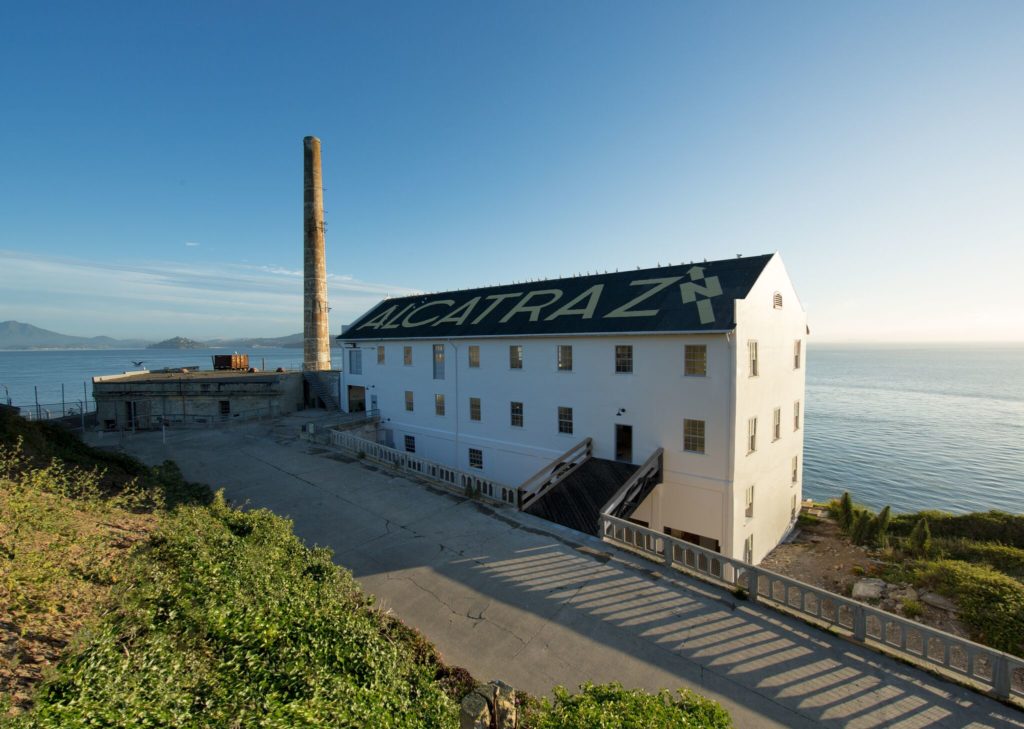
Lacey Bubnash
AIA
Senior Associate
Alcatraz is one of the most famous penal facilities in the world and now one of San Francisco’s most popular sights. Constructed in 1909 as a military prison, it became a maximum-security federal prison in the early 1930s. Since 1972, the island and prison have been part of the Golden Gate National Recreation Area administered by the National Park Service. If you want to visit, be sure to book your tickets ahead of time – they routinely sell out weeks in advance. ARG has been lucky to work on several projects on the island, most recently at the Quartermaster Warehouse for the Golden Gate National Parks Conservancy.
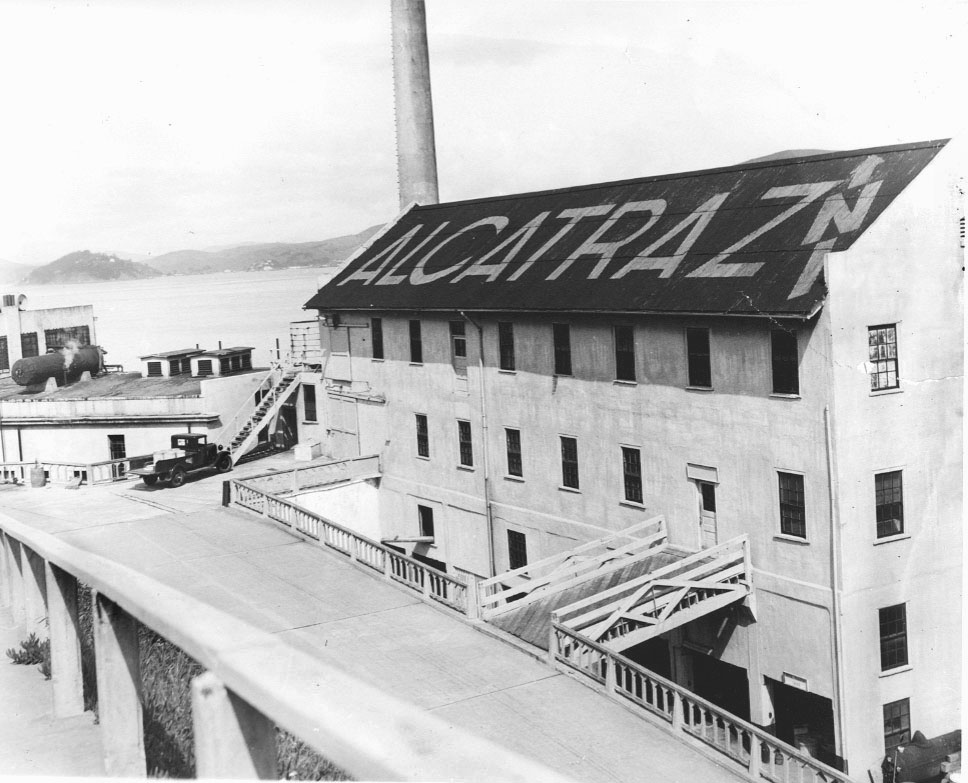
The Quartermaster Warehouse is a reinforced concrete structure with two upper floors over a mezzanine and basement. It was originally constructed as a utilitarian, multi-use building by the U.S. Army in 1921, and it remains in active use as a storage, office and workshop facility for the National Park Service and several concessioner tenants.
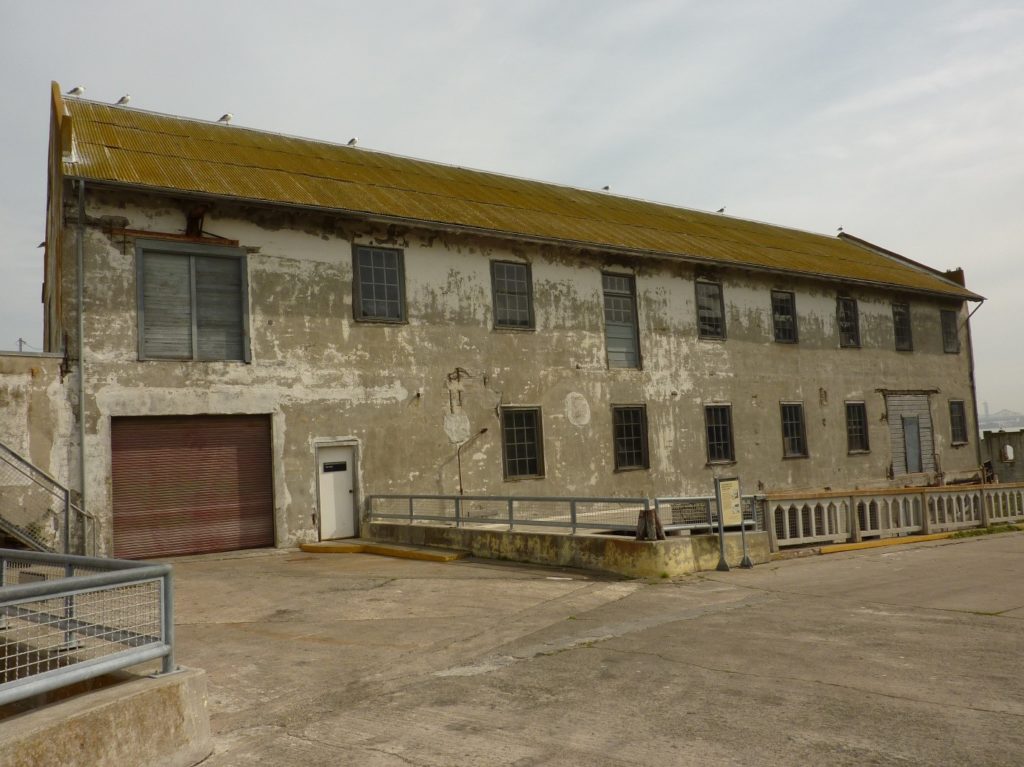
Despite its continued use, the hostile marine environment of San Francisco Bay had taken a significant toll on the structure by the late 20th century. When ARG first looked at the Quartermaster Warehouse in 2010, deterioration was visible at nearly all concrete elements, including large spalls and exposed corroded reinforcing steel at the walls, beams, columns, and floor slabs. Deterioration was most severe at the exterior walls, but also visible throughout the interior. In many cases, rebar was observed very close to the surface, and concrete analysis revealed that the original mix contained much less cement than modern mixes.
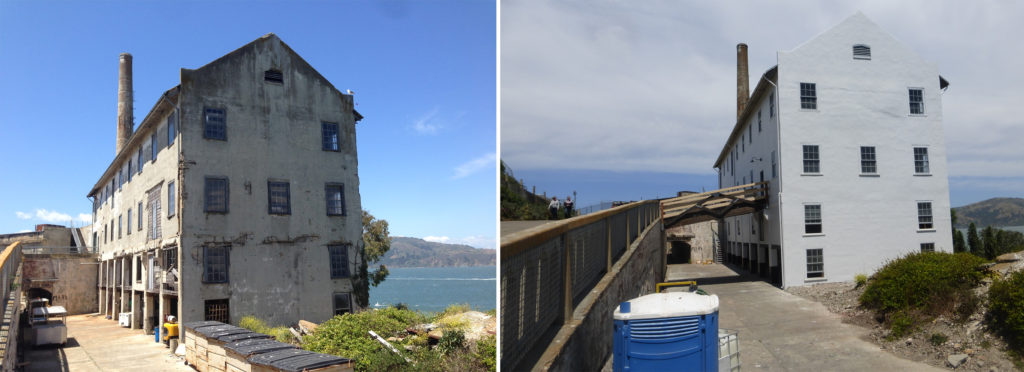
We worked closely with a structural engineer to repair and seismically strengthen the structure, including new shotcrete/gunite at select interior walls and FRP reinforcing at walls and some floor slabs. For the new strengthening systems to succeed, extensive concrete repairs were also necessary. The building’s exterior wall construction, which included a thin parge coat covering the exterior of the reinforced concrete walls, made it easy to conceal repairs and FRP reinforcing behind a new parge layer.
The poor condition of the building had limited its use to storage space in recent years, and the project also aimed to create safe, occupiable, and accessible spaces at the building interior. A historic bridge was reconstructed to create a second exit and new stairs were constructed at the interior to connect the two upper floors. A freight lift was installed at the interior to improve storage access and capacities. And after many years without any functioning plumbing systems, an accessible restroom was added.
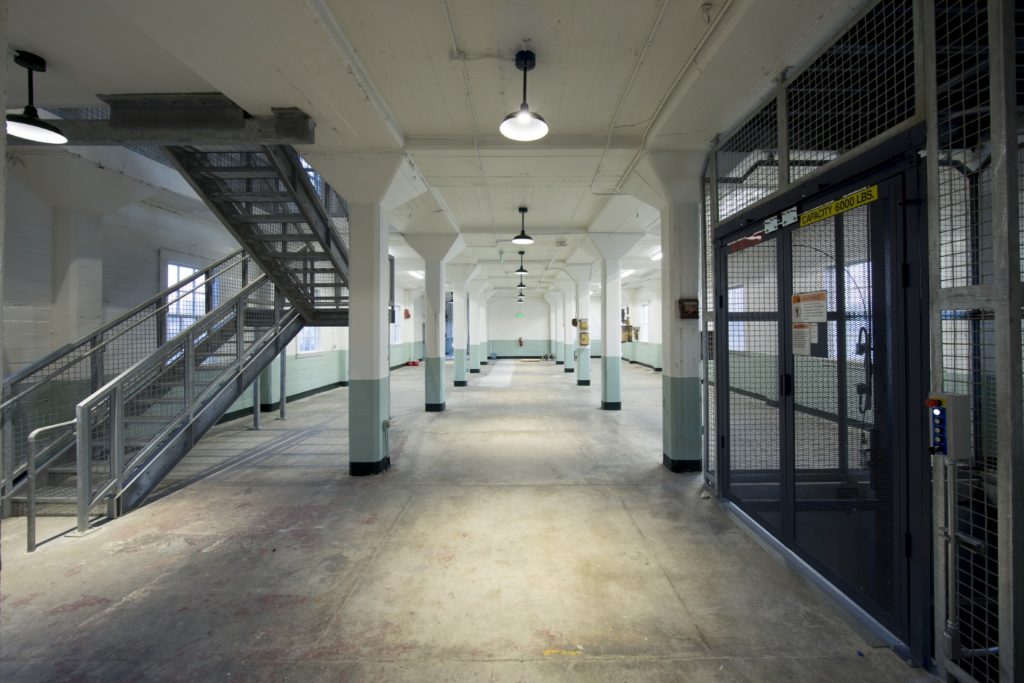
In addition to the extensive concrete repairs at the building, a number of other special conditions, both anticipated and unanticipated, made the project complex. In addition to the difficulties posed by working on an island without a permanent water connection, the National Park Service restricted work at the exterior to protect nesting birds. The east side of the building is located next to a steep slope that extends down to the San Francisco Bay, creating an ideal nesting area for wildlife. Per NPS requirements, exterior construction had to be coordinated to prevent disruptions during water bird breeding season, which lasts from February 15 until all young in the area have fledged, typically around September 15.
Immediately adjacent to the nesting birds, the building had been marked with historic political statements that required protection and conservation. In November 1969, a group of Native Americans crossed the bay in boats and landed on Alcatraz Island, in what became known as the Alcatraz Occupation. Citing the 19th century Treaty of Laramie, which stipulated that unused Federal lands could be returned to Native Americans, the occupiers offered $24 in exchange for Alcatraz Island. To promote their cause and solidarity, occupiers painted political statements (also referred to as graffiti) with surplus paint found in prison buildings onto building walls, signs, and water towers. The Alcatraz occupation became a symbol of the Native American struggle for autonomy and was covered in the national press.
The Quartermaster Warehouse has several painted political statements throughout the building. Most significantly, on the east elevation the words “Indian Land” are written in yellow paint. The concrete substrate that the political statement was painted on was deteriorated and needed to be included in the concrete repair project. The NPS maintains an agreement to work with a council of Native Americans when rehabilitations could impact the painted political statements, and they were consulted as part of this repair project.
In addition to the concrete deterioration, the painted words were fading. Working directly with the Native American representatives, the NPS proposed three alternatives:
- Preserve and protect the failing painting in place;
- Remove the painting for display in the Alcatraz museum collection, or
- Restore the painting by repairing the concrete and parge finish and repainting the Political Statement.
The decision was unanimous, to restore the painting after repair of the exterior wall surface. The political statement was recorded with a full size tracing of the lettering created with the support of a decorative painter. After repair of the wall surface, the tracing was transferred to the wall surface by the Contractor for the rehabilitation project. In March 2016, Native Americans from various tribes gathered to complete the painting. The political statement is now more visible and rests on a stable, repaired concrete substrate.
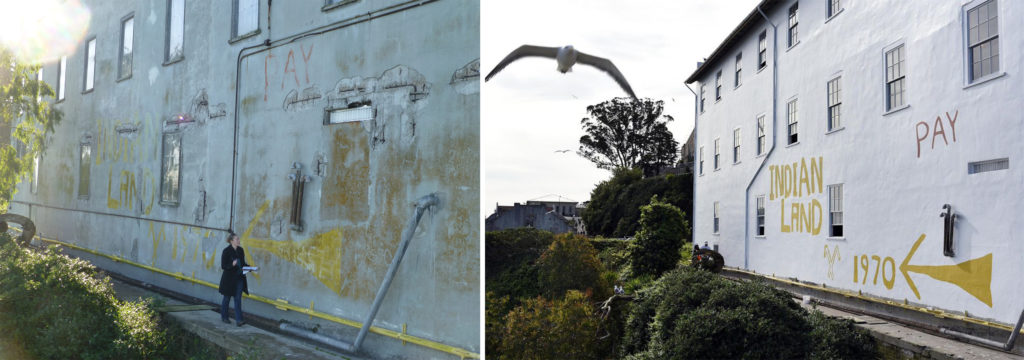
Construction wrapped up in 2016, and in 2017, the project was named “Project of the Year” by the International Concrete Repair Institute. The building is not open to the public, but be sure to look for the restored political statement as the Alcatraz Ferry heads back to San Francisco.
